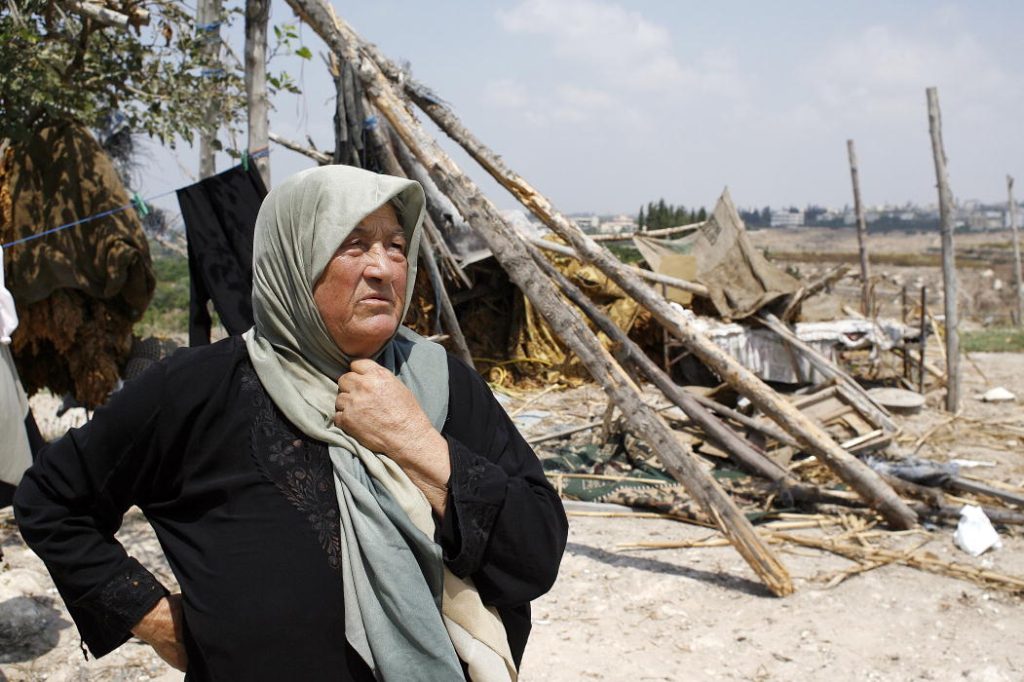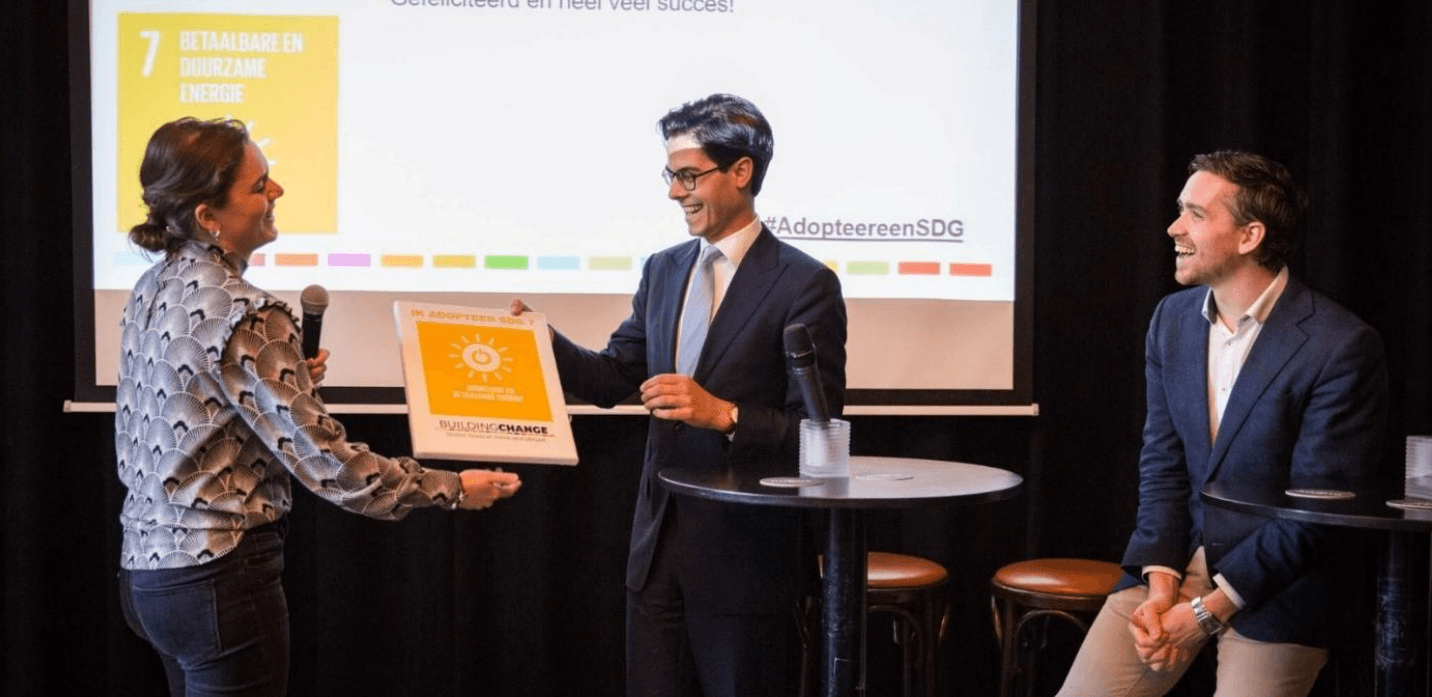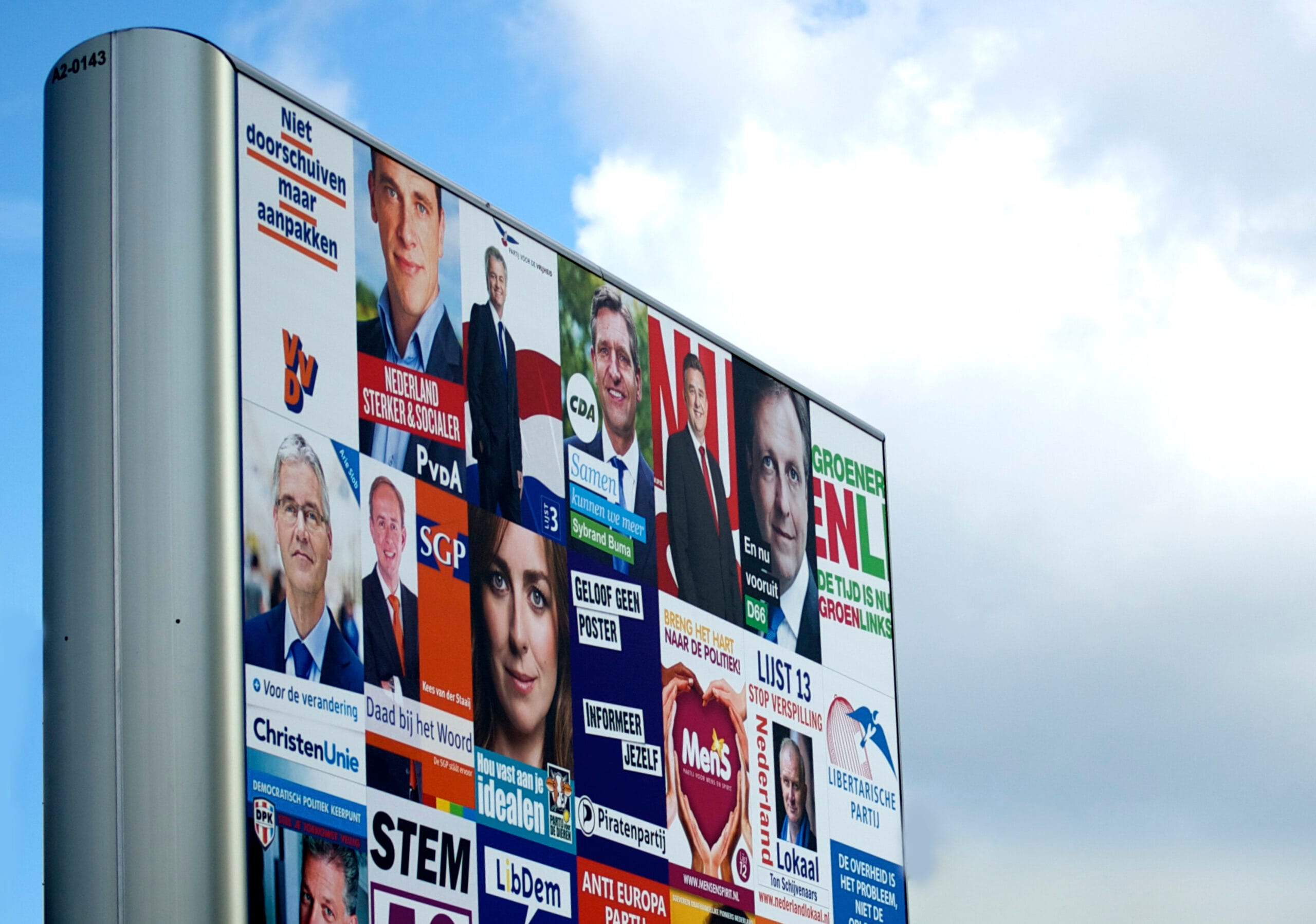Lebanese woman stands in ruins of the conflict -. Flickr
From the Israeli ground invasion on 1 October 2024 until the ceasefire on 26 November, Lebanon has turned from intense conflict to a period of (relative) relief and (hopeful) return home. But the country - mainly the south and the capital - is nevertheless left as deeply scarred and devastated. The impact of this period extends beyond the visible damage. The social instability, cultural losses and mental turmoil are strongly felt but often forgotten aspects in the aftermath of the conflict.
For many, the relief after the ceasefire feels only temporary; the effects of the conflict will continue to reverberate for years to come. The question, then, is: what do these events mean for Lebanon in the short and long term? How does a country that has been under pressure from wars, internal divisions and economic crises for decades recover? This is what we discussed with Jad Fayyad, international secretary of the Progressive Youth Organisation (PYO), from Lebanon.
Prior to the conflict
The situation in Lebanon is not just the result of the September-November conflict. Airstrikes and unrest have plagued the country for much longer. Since October 7, 2023, there have been more than 10,000 airstrikes launched from Israel and Hezbollah, of which Israeli firepower responsible accounts for more than 85 per cent of cross-border attacks. The situation in Lebanon in recent decades has been anything but peaceful and simple. From the first Israeli invasion in 1978, followed by the large-scale war between Israel and the PLO in southern Lebanon in 1982, until the hostilities in 2006, as Israel's neighbour, the country has consistently been the scene of conflict.
But the past few months have caused disproportionate damage. With the ceasefire, Hezbollah and Israel demanded the end of Israeli forces in southern Lebanon and an end to air strikes from Hezbollah towards Israel.
The invisible consequences of conflict
The immense number of civilian casualties in Lebanon, which now stands at around 3900 , and the destruction of the south are the most immediate and visible consequences of the conflict. In addition, an estimated half a million people got displaced, in a country of 5.8 million people, a significant proportion of whom are already refugees from Palestine and Syria.
These figures only tell part of the story however. According to Jad Fayyad, international secretary of the Progressive Youth Organisation (PYO) in Lebanon, the effects of the conflict are wide-ranging, harrowing and, above all, lasting. The impact will continue to be felt for a long time. Think of the permanently destroyed houses, cars, schools, hospitals and infrastructure on which the population depends. But devastation, Fayyad stresses, is not limited to material damage. The intangible losses reach deep into the country's social and cultural roots and affect the general well-being of the population.
Fayyad stresses that an often underrepresented aspect of war is the damage to cultural heritage. ''Historic sites and buildings revered for centuries are now suddenly reduced to rubble.'' explains Fayyad. One of the world's oldest cities, Tyre, as well as a city with one of the best-preserved Roman temples, Baalbek, both UNESCO World Heritage Sites, were in Israel's line of fire. The irreparable loss of these globally important cities is feared. He stressed that with the loss of the ancient monuments, parts of the culture were also lost with them. Although these losses will remain painful, Fayyad believes that Lebanese identity will remain as it has for centuries.
Impact on the whole country
While the south of the country was bombed flat, the rest of the country had time and perspective to reflect and prepare for the post-conflict era. As a result, there is a sharp focus on longer-term consequences, Fayyad explained. Internal displacement remains a major problem even after the conflict. Masses of people had to leave their villages and towns to seek refuge in the north of the country, in non-Hezbollah controlled areas. This has far-reaching consequences for the entire population. Fayyad stressed that although the northern, mountainous region is not directly affected, they too are suffering from the dire situation of their fellow citizens. Although the ceasefire was much needed, it remains important to remember that: "The people who lived in the south will have no place to return even after a ceasefire". The stress and uncertainty involved in hosting and sheltering people affects the whole country. Moreover, after months of, sometimes unannounced, attacks an atmosphere of insecurity remains among the population.
Mental consequences should not be overlooked
Jad Fayyad, as a young man in Lebanon, also highlights the mental traumas that affect not only those directly involved, but also a large part of the population, especially the youth. The country has faced unexpected attacks, such as explosions of pagers and evacuation orders issued several hours before the missiles reached the cities. At the same time, the economic crisis and political instability further add to the daily stress for the Lebanese people. All this puts a huge strain on residents' mental health. ''Many people have come to us and told us that they are going through a tremendously tough period mentally.'' More attention needs to be paid to this, Fayyad proclaims.
A stable future in sight
Moments of hope and progress are crucial to support the population during the challenging but inescapable period of reconstruction, in the physical, social, cultural and mental aspects of the country. The recent election of President Joseph Aoun could play an important role in this. With his aim to maintain the truce between Israel and Hezbollah sustain, or even disarming Hezbollah completely, and ending Israel's occupation of Lebanese territory, there is a chance for more stability in a period of great uncertainty. Yet political change is only one piece of the puzzle. Rebuilding Lebanon requires improvements from all corners of society. Here, the international community has a responsibility to remain attentive to Lebanon and its challenges. Only with global engagement and recognition of the consequences can a solid foundation be laid for a sustainable future for Lebanon.




